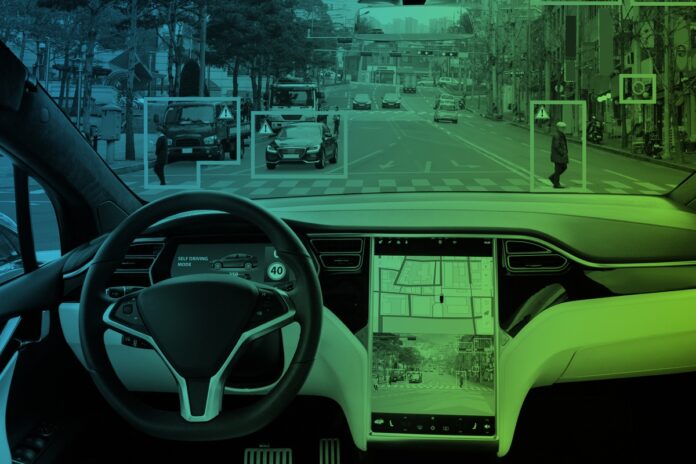Swedes simplify machine learning and mobile edge
Network operators can save a fortune by building their own mobile edge networks claims Stockhom-based Imagimob. After building artificial intelligence (AI) systems for motoring, manufacturing, health and lifestyle corporations since 2013, the Swedish creative team has put that knowledge into a system that walks people through the tricky process of building their own network of tiny machine learning devices.
This latest ‘popular computing’ invention is called the tinyML and, as its name implies, it gives users a plan to create a machine learning (ML) system that has a tiny footprint. The small footprint refers to the minimal amount of processing power the software needs from the device it runs on, namely because those devices are at the network edge. This means the calculations are carried out by each device on their own small sub-set of data in the field, as opposed the conventional model of sending all information to be aggregated and processed en masse at a data centre.
Local machine learning has been far too complicated for end users to code themselves. Until now. Inventor Anders Hardebring, CEO and founder of Imagimob, said he wanted to help customers, such as mobile network operators (MNOs), get their services to market quicker. “Developing tinyML applications is difficult for many reasons, because you have a lot of constraints in terms of processing power, memory size and all the other factors,” said Hardebring, “so we developed an end-to-end platform for developing tinyML applications. It shortens time-to-market and cuts the development cost. It simplifies work for the developer.”
In June Imagimob was named as a leading tinyML system maker in a report by ABI Research. It claimed companies would spend $5 billion a year on these mobile edge computing systems by 2027.
Last week it announced a new release with a ‘Forever Free’ plan, whereby anyone can download the Imagimob code and get started. Once your system is up and running you may have to upgrade the computing credits you buy, if your system is successful enough be doing a lot of processing.
The system has an AutoML function for deep learning anomaly detection using autoencoders. An autoencoder is a type of artificial neural network used to learn efficient codings of unlabeled data. The encoding is validated and refined by attempting to regenerate the input from the encoding. The autoencoder learns a representation for a set of data, typically for dimension reduction, by training the network to ignore insignificant data. With the improved support for autoencoder networks in Imagimob AI, developers can now build anomaly detection applications in less time, and with better performance, said Hardebring.



